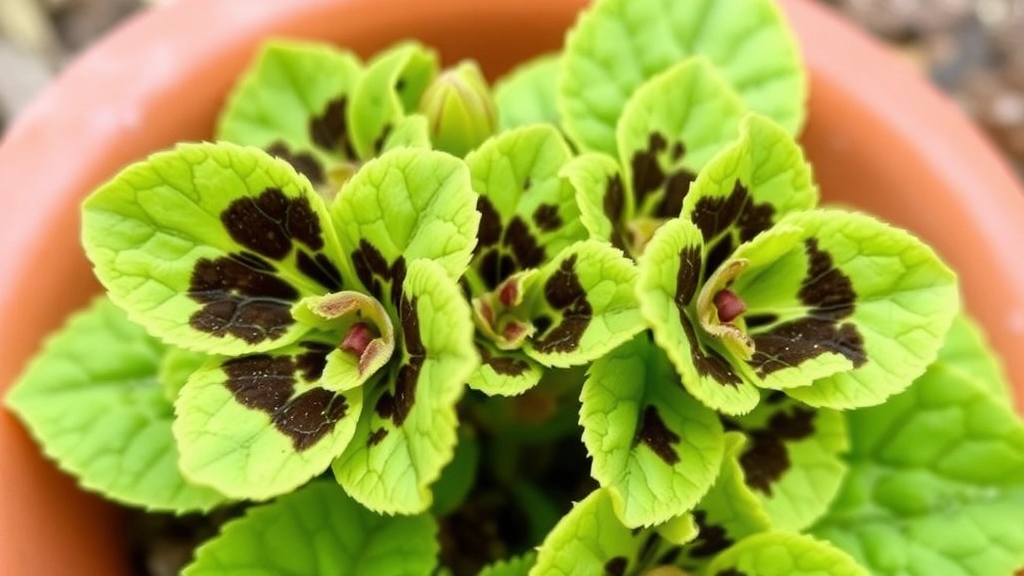Dealing with Black Spots on Kalanchoe
Dealing with black spots on Kalanchoe can be a bit of a headache, but don’t worry, I’ve got you covered. These spots are often a sign of fungal infection or improper care, and addressing them quickly can save your plant. Let’s dive into the common causes and effective solutions to keep your Kalanchoe healthy and vibrant.
Common Causes
First off, ensure your plant isn’t overwatered, as excess moisture can lead to fungal issues. Trim off any affected leaves and improve air circulation around the plant. Using a fungicide can also help tackle the problem. Remember, a little attention goes a long way in preventing black spots on Kalanchoe.
Are you noticing black spots on your Kalanchoe?
This can be a common concern for many plant enthusiasts.
Understanding the root causes is essential for maintaining the health of your beloved succulent.
## Common Causes of Black Spots on Kalanchoe
### Fungal Infections
One of the primary culprits behind black spots is fungal infections.
These thrive in damp conditions, particularly when the leaves remain wet for extended periods.
**Signs of fungal infections include:**
– Dark, irregular spots on leaves
– A fuzzy or powdery texture on the affected areas
– Leaves that may wilt or drop off
### Bacterial Infections
Bacterial infections can also lead to unsightly black spots.
They often stem from wounds on the plant, allowing bacteria to enter and flourish.
**Look for these indicators:**
– Water-soaked spots that turn black
– A foul odour emanating from the plant
– Rapid wilting of affected leaves
### Poor Watering Practices
Improper watering can exacerbate these issues.
Overwatering or allowing the plant to dry out completely can create stress, making it more susceptible to infections.
**Key watering tips:**
– Ensure the pot has drainage holes
– Water only when the top inch of soil is dry
– Avoid letting water sit in the saucer
### Humidity and Temperature
Humidity and temperature fluctuations can also play a role in the appearance of black spots.
Kalanchoe thrives in moderate humidity and warm temperatures.
**Consider these factors:**
– High humidity can encourage fungal growth
– Sudden temperature drops can stress the plant
### Pest Infestations
Pests such as aphids or mealybugs can cause damage that leads to black spots.
These infestations weaken the plant, making it more vulnerable to diseases.
**Signs of pest issues include:**
– Visible insects on the leaves
– Sticky residue on the plant
– Distorted or yellowing leaves
For more detailed care instructions, you might find the [complete care guide for Kalanchoe Beharensis](https://planthq.org/kalanchoe-beharensis-oak-leaf-care-propagation-and-tips/) helpful. Additionally, if you’re dealing with leggy growth, check out these [expert tips to fix a leggy Kalanchoe](https://planthq.org/how-to-fix-a-leggy-kalanchoe-expert-tips-solutions/).
Identifying Fungal Infections
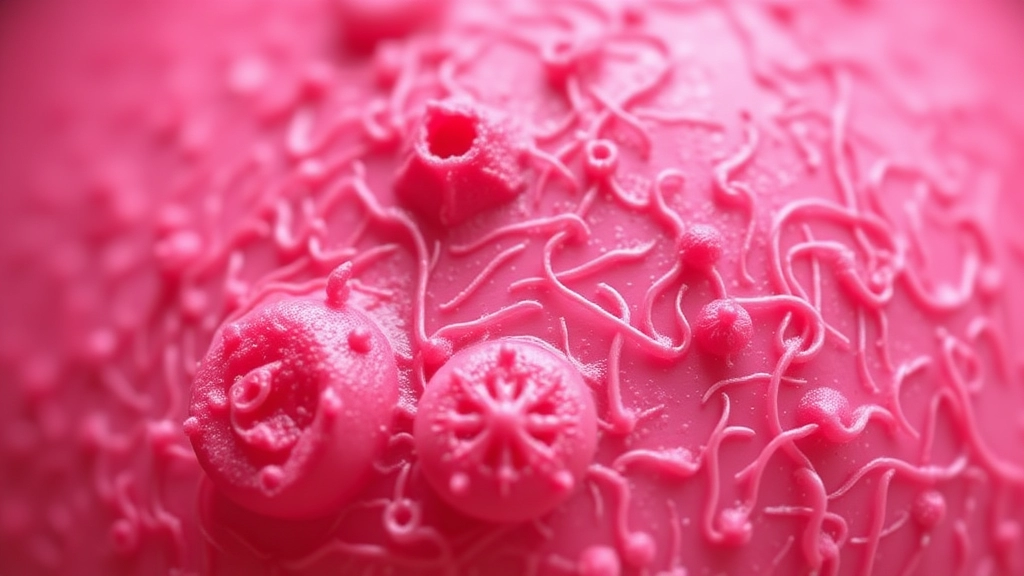
So, you’ve noticed some black spots on your Kalanchoe, and you’re wondering if it could be a fungal infection.
Fungal infections are sneaky little devils that can wreak havoc on your beloved plant.
What to Look For
Here are some telltale signs that you might be dealing with a fungal issue:
- Black or Brown Spots: These often appear on the leaves and can spread if not treated.
- Powdery Coating: If you see a white, powdery substance, that’s a sign of powdery mildew.
- Wilting Leaves: Fungal infections can cause leaves to droop and lose their vitality.
- Leaf Discoloration: Yellowing or browning edges can indicate stress from a fungal invader.
Common Types of Fungal Infections
- Leaf Spot Fungus: Causes dark spots on leaves.
- Root Rot: Often caused by overwatering, leading to mushy roots and black spots on the lower leaves.
- Powdery Mildew: Affects the leaves, giving them a dusty appearance.
How to Confirm
To confirm a fungal infection, you might want to:
- Inspect the Leaves: Look closely at both the top and underside for any unusual spots or textures.
- Check the Soil: If it’s soggy or has a musty smell, root rot could be the culprit.
- Research: Compare your findings with online resources or plant care books.
Signs of Bacterial Infections
As we delve deeper into the health of your Kalanchoe, it’s essential to recognise the signs of bacterial infections. These infections can often be mistaken for other issues, making it crucial to identify them promptly.
Common Symptoms of Bacterial Infections:
- Water-soaked Spots: Look for dark, water-soaked patches that can appear on leaves or stems. These spots may eventually turn brown or black.
- Soft Rot: If your Kalanchoe feels mushy to the touch, this could indicate a bacterial rot, often starting at the base of the plant.
- Wilting Leaves: Even with proper watering, wilting can signal a bacterial issue, as the plant struggles to absorb water.
- Foul Odour: A distinct, unpleasant smell can be a tell-tale sign of bacterial decay within the plant.
Identifying these symptoms early can significantly improve your chances of saving your Kalanchoe. For more detailed tips, you can refer to our guide on black spots on Kalanchoe leaves.
How Bacterial Infections Spread:
Bacterial infections can spread rapidly, especially in humid conditions. They thrive in environments where moisture lingers, making it essential to maintain proper care. Learn more about optimal growing conditions in our full sun or shade guide.
Impact of Poor Watering Practices
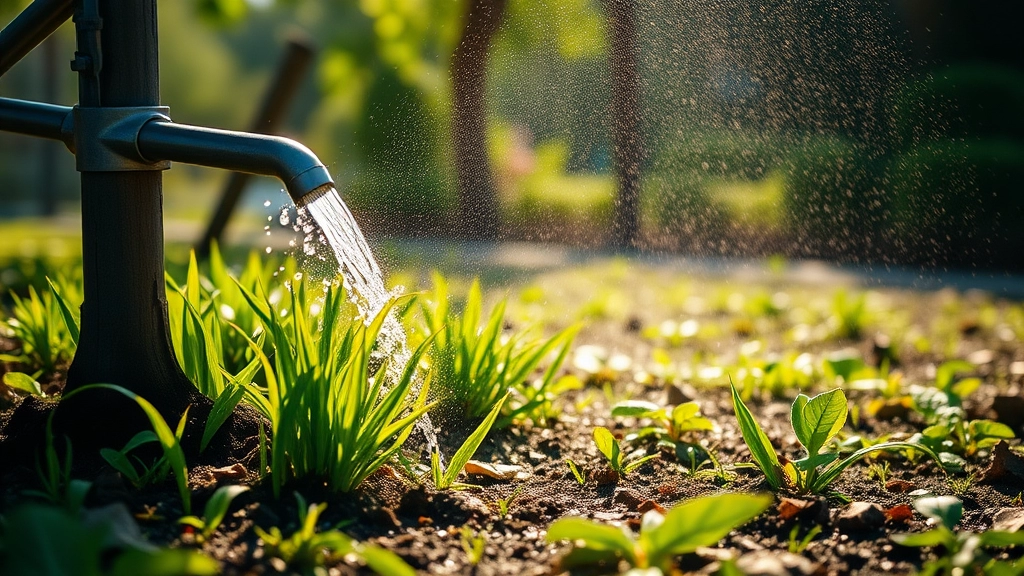
Have you ever noticed your Kalanchoe developing unsightly black spots? One common culprit could be poor watering practices.
The way we water our plants significantly impacts their health.
Here’s what you need to know:
- Overwatering: This is one of the most frequent mistakes. When Kalanchoe roots sit in soggy soil, they can develop root rot. This condition often leads to black spots on the leaves as the plant struggles to absorb nutrients.
- Underwatering: On the flip side, not providing enough water can stress the plant. Dehydration can cause leaf curling and dark spots as the plant tries to conserve moisture.
- Water Quality: Using hard water or water with high chlorine levels can lead to mineral buildup in the soil, affecting the plant’s health. This can manifest as black spots on the leaves.
- Soil Drainage: Poorly draining soil can exacerbate overwatering issues. It’s crucial to use a well-draining potting mix to allow excess water to escape.
Tips for Proper Watering:
- Always check the soil moisture before watering.
- Use pots with drainage holes to prevent water accumulation.
- Water deeply but infrequently, allowing the soil to dry out between sessions.
Role of Humidity and Temperature
Have you ever wondered why your Kalanchoe isn’t thriving despite your best efforts? One often overlooked factor is the role of humidity and temperature in your plant’s health.
Kalanchoe, like many succulents, prefers a specific range of humidity and temperature to flourish. Here’s how these elements can impact your plant:
- Humidity Levels: Kalanchoe thrives in moderate humidity. Too much moisture can lead to fungal infections, while too little can cause leaves to shrivel and develop black spots.
- Optimal Temperature: Ideally, Kalanchoe prefers temperatures between 18°C and 24°C. Extreme cold or heat can stress the plant, making it vulnerable to diseases. For more details, check out the optimal temperature guide.
- Seasonal Changes: During winter, humidity often drops, which can affect your plant. Consider using a humidifier or placing a tray of water nearby to maintain moisture levels.
- Signs of Stress: If you notice wilting leaves or black spots, it could be a sign that your Kalanchoe is struggling with humidity or temperature issues. Learn more about these issues in our article on why Kalanchoe leaves turn brown.
Practical Tips:
- Monitor Conditions: Use a hygrometer to keep an eye on humidity levels.
- Adjust Placement: If your Kalanchoe is near heating vents or drafty windows, consider relocating it to a more stable environment.
- Water Wisely: Ensure your watering routine aligns with the humidity levels. In drier conditions, your plant may require more frequent watering.
Pest Infestations and Their Effects
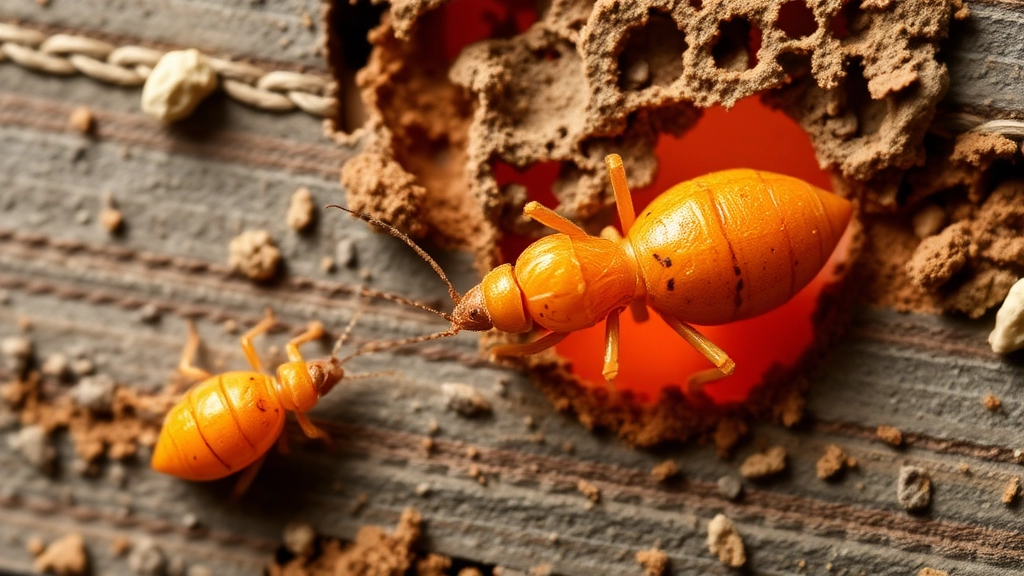
Have you noticed little critters hanging around your Kalanchoe?
Pest infestations can be a real headache for plant lovers.
These pests not only make your plant look unappealing but can also lead to serious health issues for your Kalanchoe.
Common Pests to Watch Out For:
- Aphids: Tiny, green or black bugs that suck sap from the leaves.
- Mealybugs: White, fluffy spots that look like cotton. They love to hide in leaf joints.
- Spider Mites: Tiny red or yellow dots that spin fine webs. They thrive in dry conditions.
- Scale Insects: Hard, shell-like bumps on leaves and stems. They can be tough to spot!
These pests can cause your Kalanchoe to develop black spots due to the damage they inflict.
When they feed on the plant, they can create wounds that become entry points for fungi and bacteria.
Signs of Pest Infestation:
- Yellowing leaves
- Wilting or drooping
- Sticky residue on leaves (honeydew)
- Visible pests or webs
If you see any of these signs, it’s time to act!
Ignoring the issue can lead to further damage, making it harder to save your beloved plant.
Preventive Measures for Healthy Kalanchoe
Maintaining a healthy Kalanchoe is essential to prevent the appearance of black spots and other issues.
Many plant enthusiasts worry about the health of their Kalanchoe, especially when they notice signs of distress. Fortunately, there are several preventive measures you can implement to ensure your plant thrives.
Proper Watering Techniques
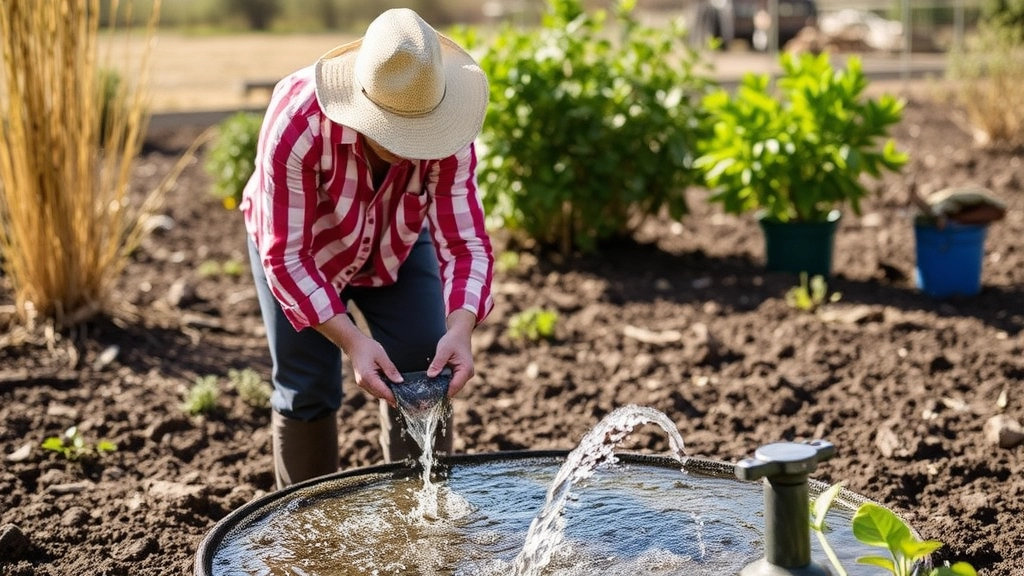
So, you’ve spotted those pesky black spots on your Kalanchoe, and you’re wondering if your watering habits could be to blame. You’re not alone! Many plant lovers face this dilemma. Let’s dive into the proper watering techniques that can help keep your Kalanchoe thriving.
Understanding Water Needs
Kalanchoes are succulents, which means they store water in their leaves. This makes them a bit different from your average houseplant. Here’s how to nail your watering game:
- Check the Soil: Always stick your finger about an inch into the soil. If it feels dry, it’s time to water. If it’s still moist, hold off for a bit.
- Water Deeply: When you do water, make sure to soak the soil thoroughly. This encourages strong root growth.
- Drainage is Key: Ensure your pot has drainage holes. Standing water can lead to root rot, which can cause those black spots.
Frequency Matters
You might be wondering how often to water. Here’s a simple guide:
- In Summer: Water every 1-2 weeks, depending on how hot it gets.
- In Winter: Scale back to every 3-4 weeks, as your plant will need less moisture.
Signs of Overwatering
Keep an eye out for signs that you might be overdoing it:
- Yellowing leaves
- Mushy stems
- Black spots on leaves
If you notice these, it’s time to adjust your watering routine.
Effective Pest Control Methods
Are you struggling with pesky pests on your Kalanchoe? You’re not alone. Many plant lovers face this challenge, and it can be disheartening. However, effective pest control methods can help restore your plant’s health and beauty.
Understanding Common Pests
Before diving into solutions, it’s essential to identify the pests that may be affecting your Kalanchoe. Common offenders include:
- Aphids: Tiny green or black insects that cluster on new growth.
- Mealybugs: Cotton-like masses found in leaf axils.
- Spider Mites: Tiny red or yellow specks that create fine webbing.
- Scale Insects: Hard, shell-like bumps on stems and leaves.
Effective Pest Control Techniques
- Regular Inspection:
- Check your plants weekly for signs of pests.
- Look closely at the undersides of leaves and between stems.
- Manual Removal:
- For small infestations, remove pests by hand or with a damp cloth.
- Use a soft brush to dislodge spider mites.
- Insecticidal Soap:
- Spray a solution of insecticidal soap on affected areas.
- This is effective against soft-bodied insects like aphids and mealybugs.
- Neem Oil:
- A natural pesticide that disrupts the life cycle of pests.
- Apply it in the early morning or late evening to avoid leaf burn.
- Diatomaceous Earth:
- Sprinkle food-grade diatomaceous earth around the base of your Kalanchoe.
- This abrasive powder helps control crawling insects.
- Companion Planting:
- Planting herbs like basil or marigold nearby can deter pests.
- They attract beneficial insects that prey on harmful pests.
- Maintain Cleanliness:
- Keep the area around your Kalanchoe free from debris.
- Regularly clean pots and tools to prevent pest transfer.
By implementing these methods, you can effectively manage and reduce pest infestations on your Kalanchoe. For further guidance on keeping your plants healthy, check out our guide on treating and preventing Kalanchoe white bugs and our comprehensive Kalanchoe plant care guide.
Fungicides and Treatments
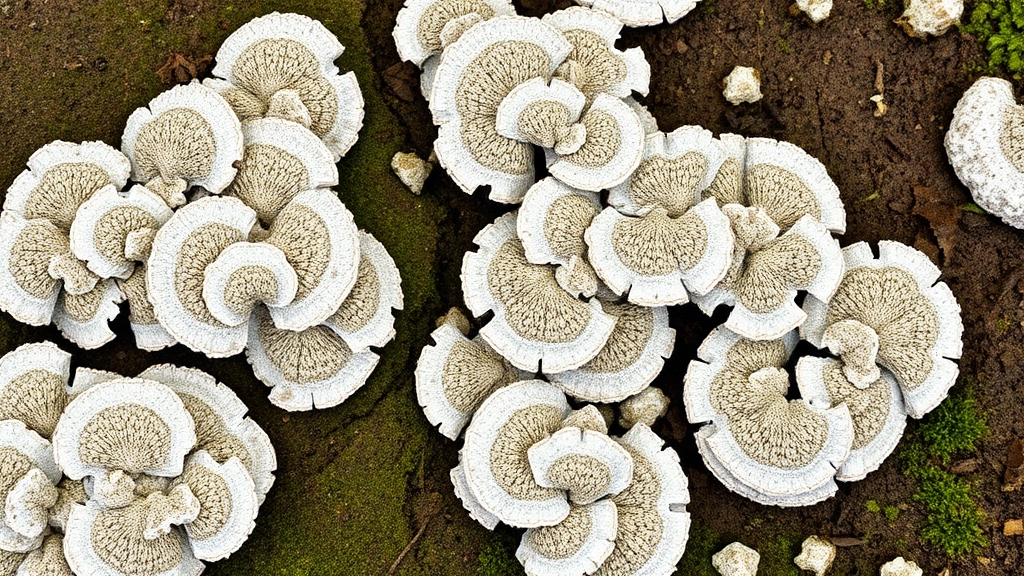
So, you’ve noticed those pesky black spots on your Kalanchoe, and you’re wondering if it’s time to bring out the big guns—fungicides.
First off, let’s talk about why fungicides are essential. If your plant is suffering from a fungal infection, using the right treatments can make all the difference.
Choosing the Right Fungicide
When it comes to tackling fungal issues, there are a few options to consider:
- Copper-based fungicides: Great for a variety of fungal problems.
- Sulfur fungicides: Effective and often organic.
- Systemic fungicides: These are absorbed by the plant and can provide long-lasting protection.
How to Apply Fungicides
Applying fungicides correctly is crucial for success. Here’s a simple guide:
- Read the label: Always follow the instructions for dosage and application frequency.
- Spray in the evening: This prevents the sun from burning the plant after application.
- Cover all surfaces: Make sure to get both the tops and undersides of leaves.
- Repeat as needed: Depending on the severity of the infection, you may need multiple applications.
Alternative Treatments
Not keen on chemicals? No worries! Here are some natural alternatives:
- Neem oil: A fantastic natural fungicide that also repels pests.
- Baking soda solution: Mix with water to create a mild fungicide.
- Garlic spray: A homemade remedy that can deter fungal growth.
Importance of Treatment Timing
Timing is everything. Treat your Kalanchoe as soon as you spot those black spots. Early intervention can save your plant from more severe damage.
Importance of Adequate Air Circulation
After understanding the various factors that can lead to health issues in your Kalanchoe, it’s crucial to consider the role of air circulation in maintaining your plant’s vitality.
Have you ever noticed your Kalanchoe developing black spots despite following all the care guidelines? One often overlooked factor could be inadequate air circulation.
Why Air Circulation Matters
Good air circulation helps to:
- Prevent Fungal Growth: Stagnant air creates a humid environment, perfect for fungal infections to thrive.
- Reduce Pests: Proper airflow can deter pests like aphids and spider mites, which prefer still conditions.
- Enhance Photosynthesis: Adequate air movement ensures that your plant can efficiently exchange gases, promoting overall health.
How to Improve Air Circulation
Here are some practical tips to enhance air circulation around your Kalanchoe:
- Spacing: Ensure your Kalanchoe is not overcrowded with other plants. Give it space to breathe.
- Location: Place your plant in a well-ventilated area, away from walls or other obstructions.
- Fans: If indoors, consider using a small fan to promote airflow, especially in humid conditions.
Signs of Poor Air Circulation
Watch for these indicators that your Kalanchoe may be suffering from inadequate air circulation:
- Mold or Mildew: Visible growth on the soil or leaves.
- Persistent Pests: Frequent infestations despite treatment.
- Slow Growth: Stunted growth or wilting leaves.
For more detailed care tips, check out our complete guide to Kalanchoe plant care and learn how to care for Kalanchoe Flapjack.
When to Seek Professional Help
So, you’ve tried everything to revive your Kalanchoe, but those pesky black spots just won’t budge.
It can be frustrating, right?
Sometimes, despite our best efforts, those plants need a little extra TLC from the pros.
Here are some signs that it might be time to call in the experts:
- Persistent Symptoms: If black spots keep appearing no matter what you do, it’s a red flag. Learn how to treat black spots on Kalanchoe leaves effectively.
- Rapid Decline: Notice your plant wilting or losing leaves quickly? That’s a sign something’s seriously wrong. Check out the complete guide to Kalanchoe plant care for more tips.
- Unusual Growths: Any strange lumps or fuzzy patches could indicate a more severe issue.
- Widespread Infestation: If pests are taking over, it might be best to consult a specialist to avoid further damage.
Remember, seeking professional help isn’t a sign of failure.
It’s about getting your Kalanchoe back to its vibrant self.
Plus, experts often have access to treatments and solutions that aren’t available to the average plant parent.
FAQs About Black Spots on Kalanchoe
What are the common signs of fungal infections in Kalanchoe?
Common signs include black or brown spots on leaves, a powdery coating indicating powdery mildew, wilting leaves, and leaf discoloration such as yellowing or browning edges.
What types of fungal infections affect Kalanchoe?
Kalanchoe can be affected by leaf spot fungus, root rot often caused by overwatering, and powdery mildew that gives leaves a dusty appearance.
How can I confirm if my Kalanchoe has a fungal infection?
To confirm a fungal infection, inspect the leaves for unusual spots or textures, check the soil for sogginess or a musty smell, and compare findings with online resources or plant care books.
Can poor watering practices cause black spots on Kalanchoe?
Yes, poor watering practices like overwatering or underwatering can lead to black spots. Overwatering can cause root rot, while underwatering can stress the plant. Additionally, poor water quality and soil drainage can also contribute to black spots.
What pests can cause black spots on Kalanchoe?
Common pests include aphids, mealybugs, spider mites, and scale insects. These pests can damage the plant, creating wounds that become entry points for fungi and bacteria.
What are the signs of pest infestations on Kalanchoe?
Signs include yellowing leaves, wilting or drooping, sticky residue on leaves (honeydew), and visible pests or webs.
What are the proper watering techniques for Kalanchoe?
Check the soil moisture before watering, use pots with drainage holes, and water deeply but infrequently. In summer, water every 1-2 weeks, and in winter, scale back to every 3-4 weeks.
What are the signs of overwatering in Kalanchoe?
Signs of overwatering include yellowing leaves, mushy stems, and black spots on leaves.
What fungicides are effective for treating fungal infections in Kalanchoe?
Effective fungicides include copper-based fungicides, sulfur fungicides, and systemic fungicides that provide long-lasting protection.
How should fungicides be applied to Kalanchoe?
Follow the label instructions for dosage and application frequency, spray in the evening, cover all surfaces of the plant, and repeat as needed based on the severity of the infection.
Are there natural alternatives to chemical fungicides?
Yes, natural alternatives include neem oil, a baking soda solution, and garlic spray, all of which can deter fungal growth.
Why is timely treatment important for fungal infections in Kalanchoe?
Treating your Kalanchoe as soon as you spot black spots is crucial. Early intervention can prevent more severe damage and save your plant.
References
-
Common Kalanchoe Diseases: How To Treat A Sick Kalanchoe Plant
-
Kalanchoe Thyrsiflora: Paddle Plant Profile
-
Kalanchoe: How to Grow and Care for Kalanchoe Plants
